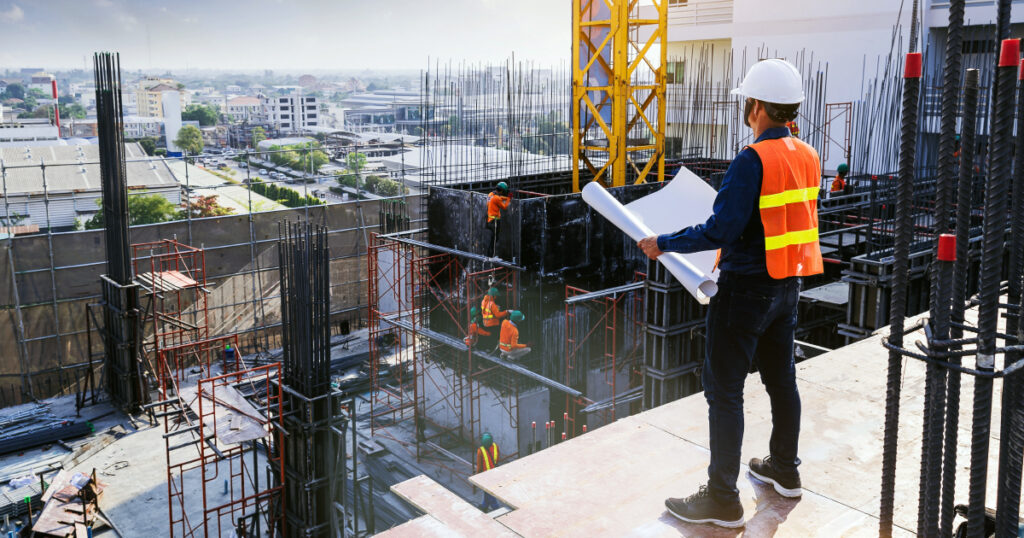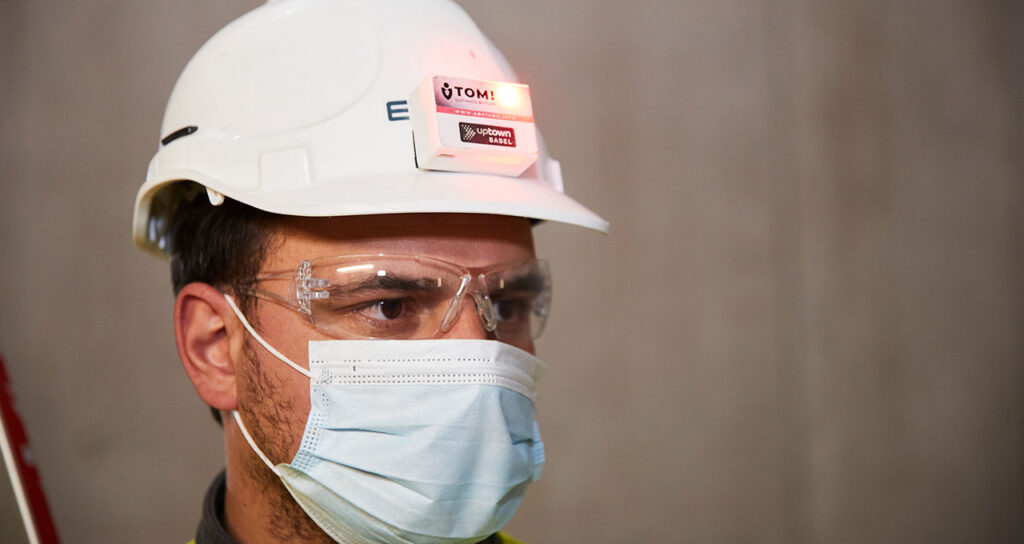
As one of the world’s largest sectors and contributors to the economy, the construction industry has been put under immense pressure from changes caused by Covid-19. Richard Robertson, Business Development Director at Cadline, provider of MTWO Complete Construction Cloud, discusses why change is more crucial than ever.
Businesses and employees across the globe have all been affected in some form by the pandemic. As we look forward we not only have to prepare for contending with recovery; we have to anticipate that we face a new future shaped by learnings and changes triggered by the pandemic. Improving communication across workforces, streamlining project timelines to improve productivity and utilising automation to work more effectively have been some of the key learnings this year.
Looking at the construction industry specifically, its response and reaction to working throughout the pandemic has been interesting. The majority of construction projects were allowed to continue throughout the UK lockdown and a property boom gave the impression the industry was bouncing back. However, numerous challenges and delays has led to industry firms issuing profit warnings and large-scale delayed projects such as HS2 and Crossrail coming under intense scrutiny.
The industry has had to cope with supply chain issue, new health and safety measures on building sites and planning applications being halted, as well as implementing new Government guidelines.
Construction involves multiple stakeholders and processes – from designers to developers, consulting firms, suppliers and contractors – each of which will need to feed into projects. Awaiting information will slow down construction projects, whereas cloud technology can compile real-time data in one central platform to increase productivity and, ultimately, profits.
The construction sector has notoriously been slow to adopt new innovations and processes, yet recent research shows that more than 10% of staff’s time in the E&C industries is wasted on searching for data and project information.
Government initiatives like cutting stamp duty caused a housing boom and saw new orders increasing at the fastest pace for almost five years. However, construction managers have warned that a backlog of work made it increasingly difficult to meet demands. Similarly, job cuts have significantly impacted the sector’s growth.
Lessons have been learnt in how businesses operate and projects are managed; including the need to stay ahead of reporting, streamlining processes, and embracing new technology and putting these into practice will help the industry to thrive in future.

How construction has adapted
One key takeaway from the pandemic is that businesses always need to stay one step ahead of new developments and processes, and be confident in making changes that will shake up and ultimately improve the way they operate. This includes utilising new technology to improve business efficiency and speed up development.
We’ve seen more businesses adapt by bringing in new technology to solve data security and collaboration challenges. The number of users of MTWO Complete Construction Cloud has risen by 41% this year, showing that firms are looking to use data more efficiently and effectively in order to avoid risk and delays caused by outdated and inaccurate information.
Businesses have commonly rejected automation technology over fears it fails to compete with the skills of trained employees, however, the pandemic has proven to the construction industry that time-costly admin processes can no longer be afforded. Automation frees up valuable admin time to allow staff to work more productively and effectively, which is the number one objective across the board.
2021 and beyond
The construction industry is on the cusp of a technology revolution which will reshape its future. Although the pandemic has forced companies to make fast adjustments, the takeaways and benefits will be used well into 2021.
Notable technologies that will be more commonly utilised include artificial intelligence, open data formats, 3D printing and mapping, and merging applications, while firms are more likely to adopt these technologies for their communication, material production and supply chain needs.
As companies also recognise and seek to change their carbon footprint, we are set to see more sustainable developments and world firsts using alternative materials – such as plans for new, zero-carbon workspaces.
We’ve all been forced to find ways to work remotely, but this experience has shown many in the industry how productive you can be once more effective communication platforms are put in place. In-person meetings and site visits, while highly valuable, can slow down projects. By being forced into working more remotely many companies have been able to communicate and share information quickly and easily, and are finding that open and neutral information exchange should no longer be seen as a luxury.
It is the lack of digital skills that is holding up progression within the industry. The technology is already ready and waiting, companies just need to harness the integrated approach in order to thrive in the next decade.
